
Santorini has been experiencing ongoing seismic activity, raising concerns among scientists about potential volcanic developments.
While some experts remain cautious, others suggest that the island might be witnessing the formation of a new volcanic crater near the uninhabited islet of Anydro.
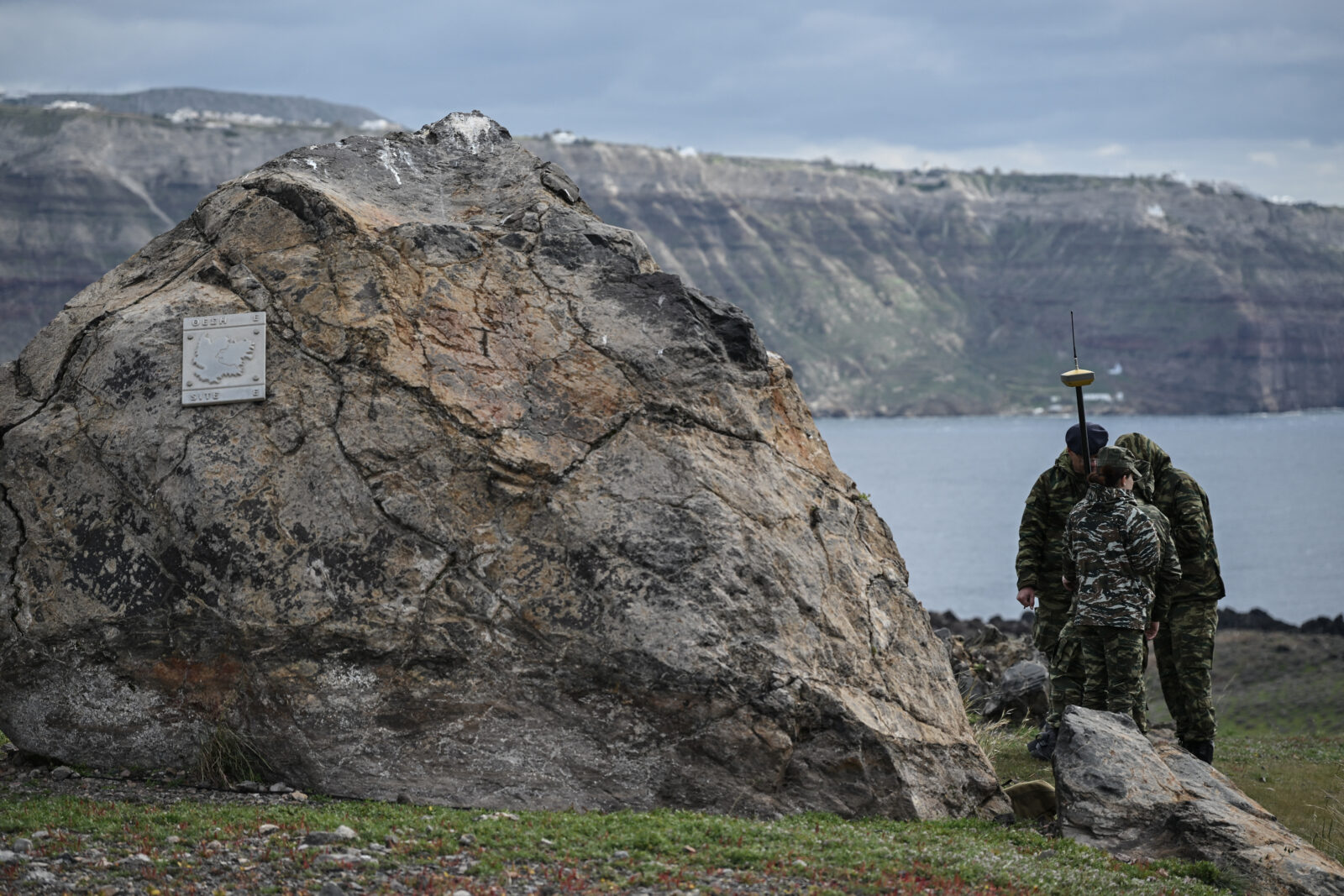
Over the past two weeks, more than 16,500 tremors have been recorded in the region between Santorini and Amorgos. While most of these have been minor, several earthquakes have exceeded 4.0 on the Richter scale.
The Director of the Geodynamic Institute of Athens, Vasilis Karastathis, stated that there has been a gradual decrease in seismic intensity. "If this trend continues for another four to five days, the situation will be more optimistic," he said.
Despite this, the ongoing earthquakes in Santorini have raised questions about its connection to volcanic movements beneath.
According to geologist Avraam Zelilidis, "The Kolumbo volcano and the Kameni islands are not showing significant signs of activity, which suggests that the current seismic events may be linked to the formation of a new volcanic crater beneath Anydro."
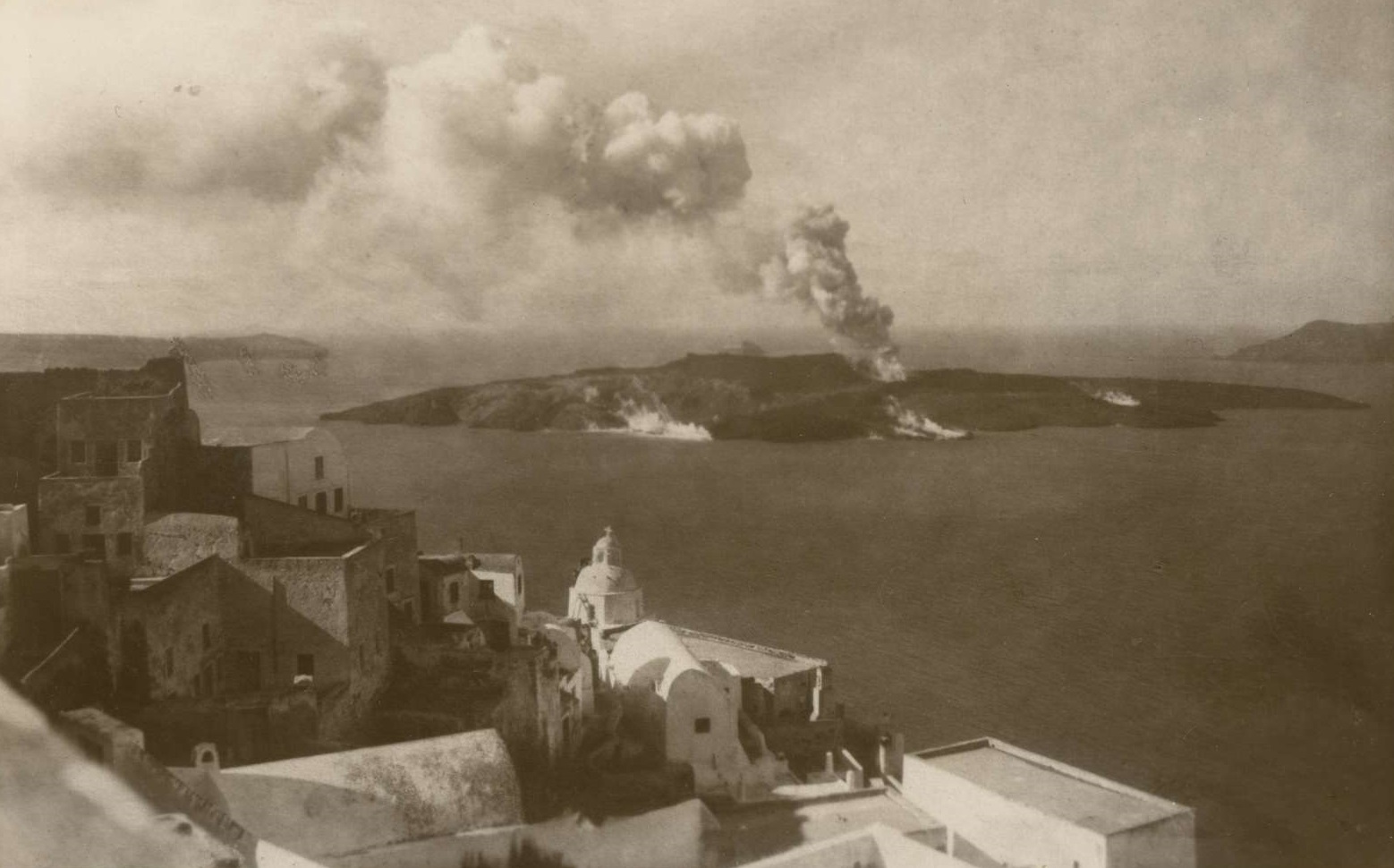
Evi Nomikou, a geologist and professor at the National and Kapodistrian University of Athens, has urged continuous monitoring of Santorini's volcanoes. She compared the current situation to similar activity observed in 2011 but stated that a major undersea eruption remains unlikely at this stage.
"Fluid movements are shifting some currents, which has led to discussions about an underwater eruption away from Santorini. However, this remains just a scenario," she clarified.
Meanwhile, volcanologist Giorgos Vougioukalakis emphasized:
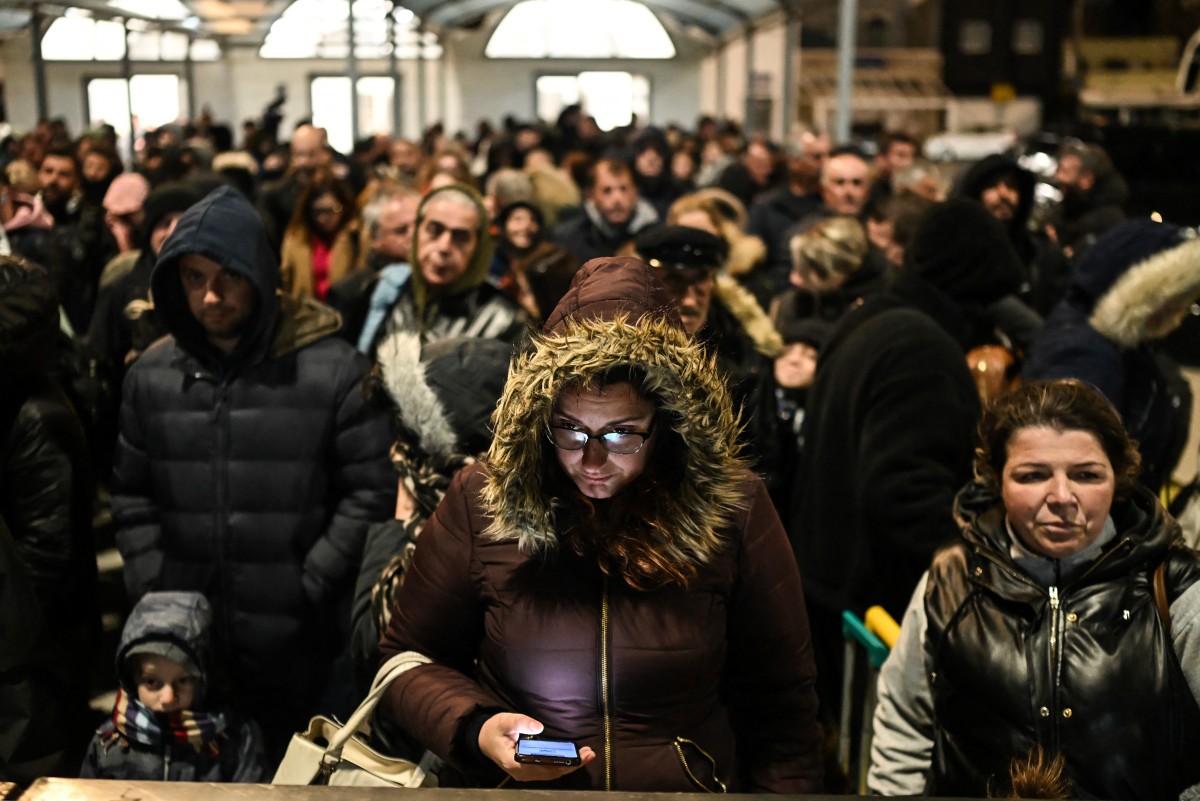
The hypothesis of a developing volcanic crater has gained traction among some researchers following the ongoing earthquakes in Santorini. Zelilidis explained that "the stages of a volcano's evolution begin with small tremors, increase in frequency, and eventually lead to an eruption".
He pointed out that recent studies indicate rising temperatures and increased water turbidity near the Kameni islands. The Greek government has already deployed the army’s geographic service to measure potential underground changes in the region.
Oceanographic research conducted by the Aegean research vessel of the Hellenic Centre for Marine Research (ELKETHE) is ongoing. Scientists are using advanced seismic imaging to analyze seabed morphology, looking for structural changes that could signal volcanic activity. Their findings will determine whether the earthquakes in Santorini are due to deep magmatic movements or tectonic shifts.
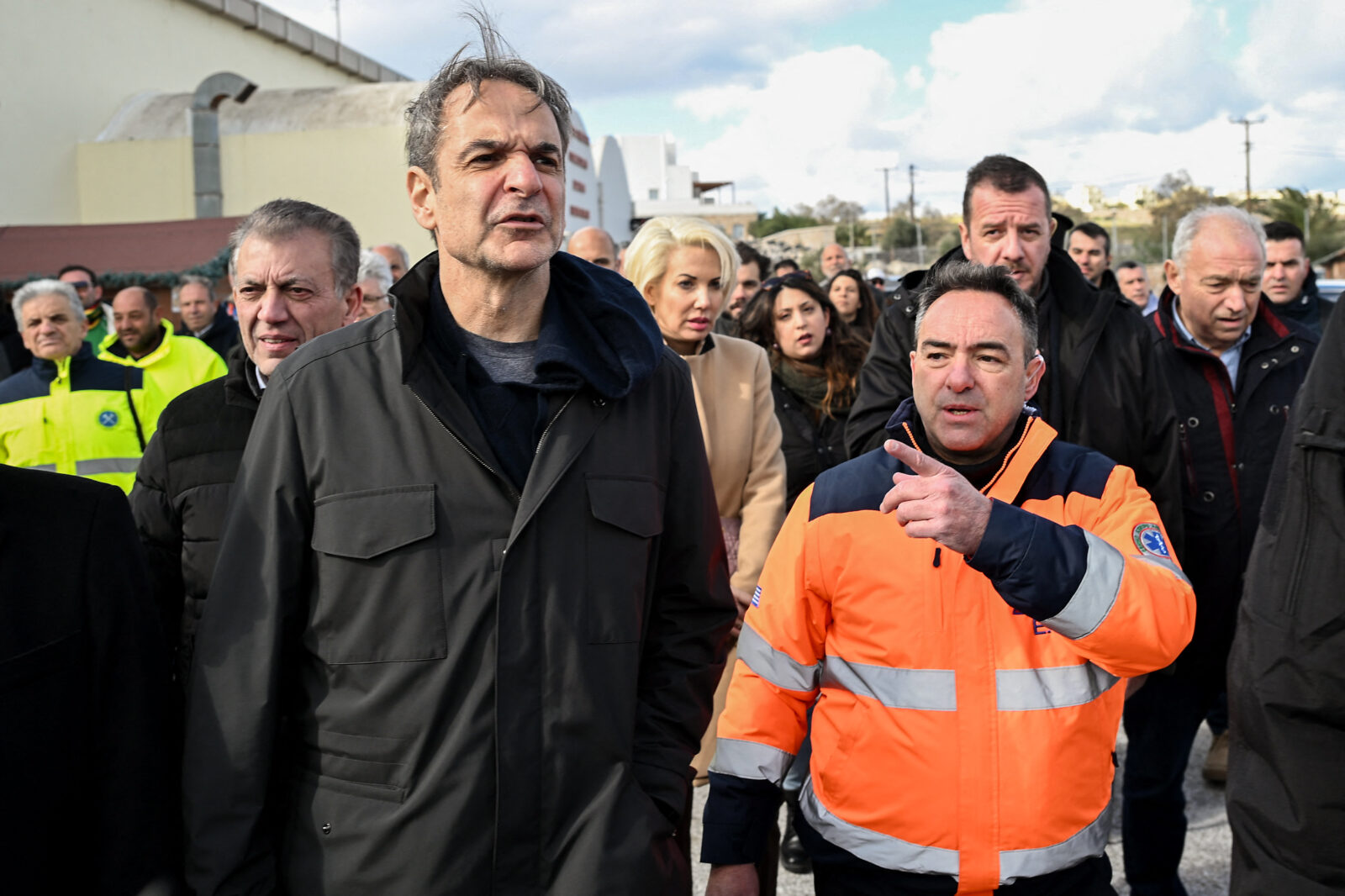
Professor Costas Synolakis has outlined three potential outcomes for the ongoing seismic crisis.
Seismologist Akis Tselentis has expressed hope that a 6.0-magnitude earthquake could help release built-up energy and bring stability to the region. "There is a very small chance of a 7.0-magnitude earthquake, but the current situation is manageable," he said.
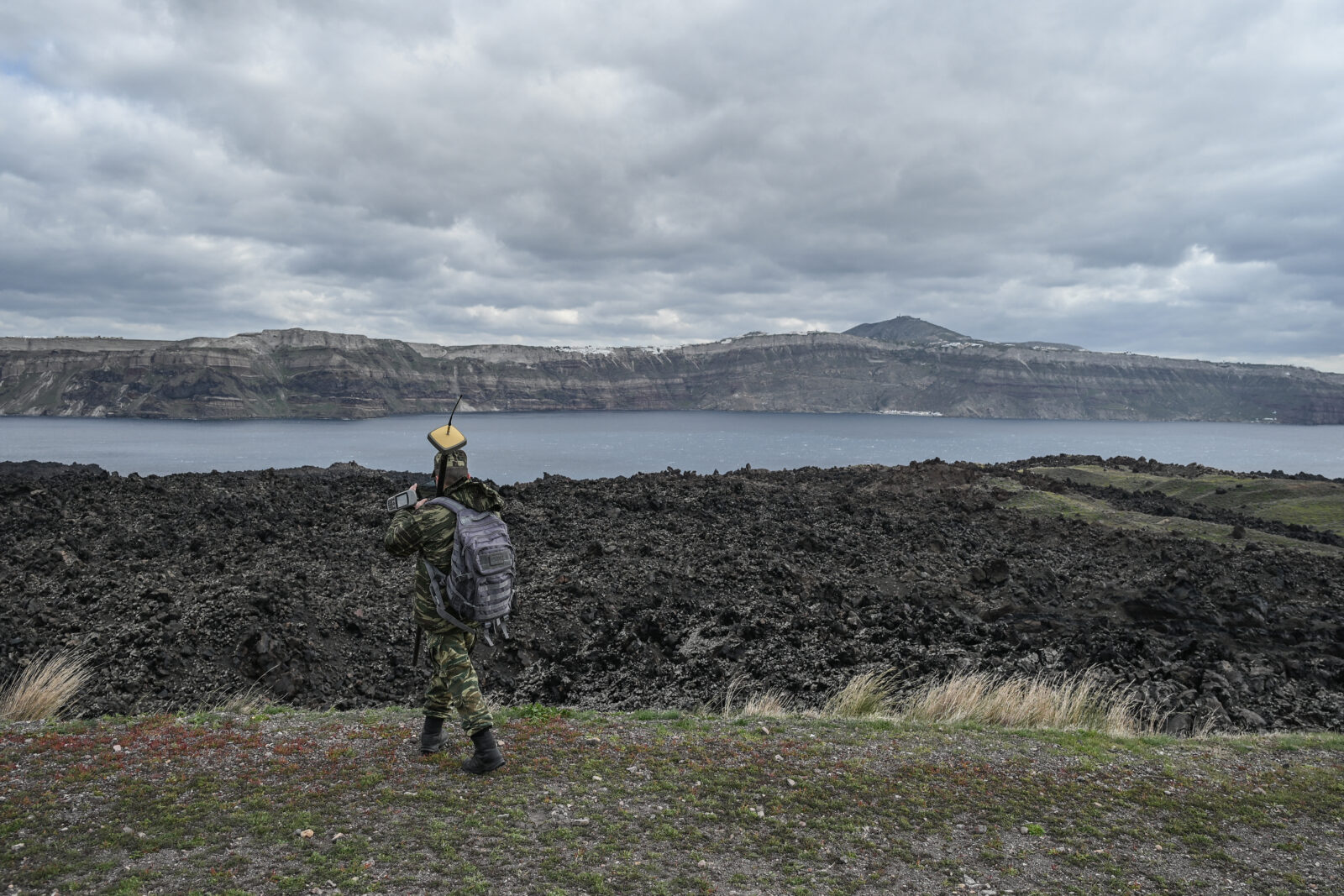
The Greek scientific community continues to monitor the situation closely. Experts agree that it is too early to predict how long the seismic activity will last. Some, like geologist Dimitris Papanikolaou, believe that if a strong earthquake does not occur soon, the earthquakes in Santorini could continue until summer.
Despite the concerns, specialists emphasize that there is no immediate danger to human life or infrastructure. Vougioukalakis reassured the public that if the volcanic activity were to increase, authorities have the necessary plans in place to respond effectively.
"Even in the case of an eruption similar to Santorini’s in 1925, there would be no casualties, only logistical challenges such as managing volcanic ash and gas emissions," he stated.
For now, scientists urge patience and continued observation. Whether the seismic events subside or lead to further volcanic developments remains to be seen, but monitoring efforts will continue to ensure safety in the region.